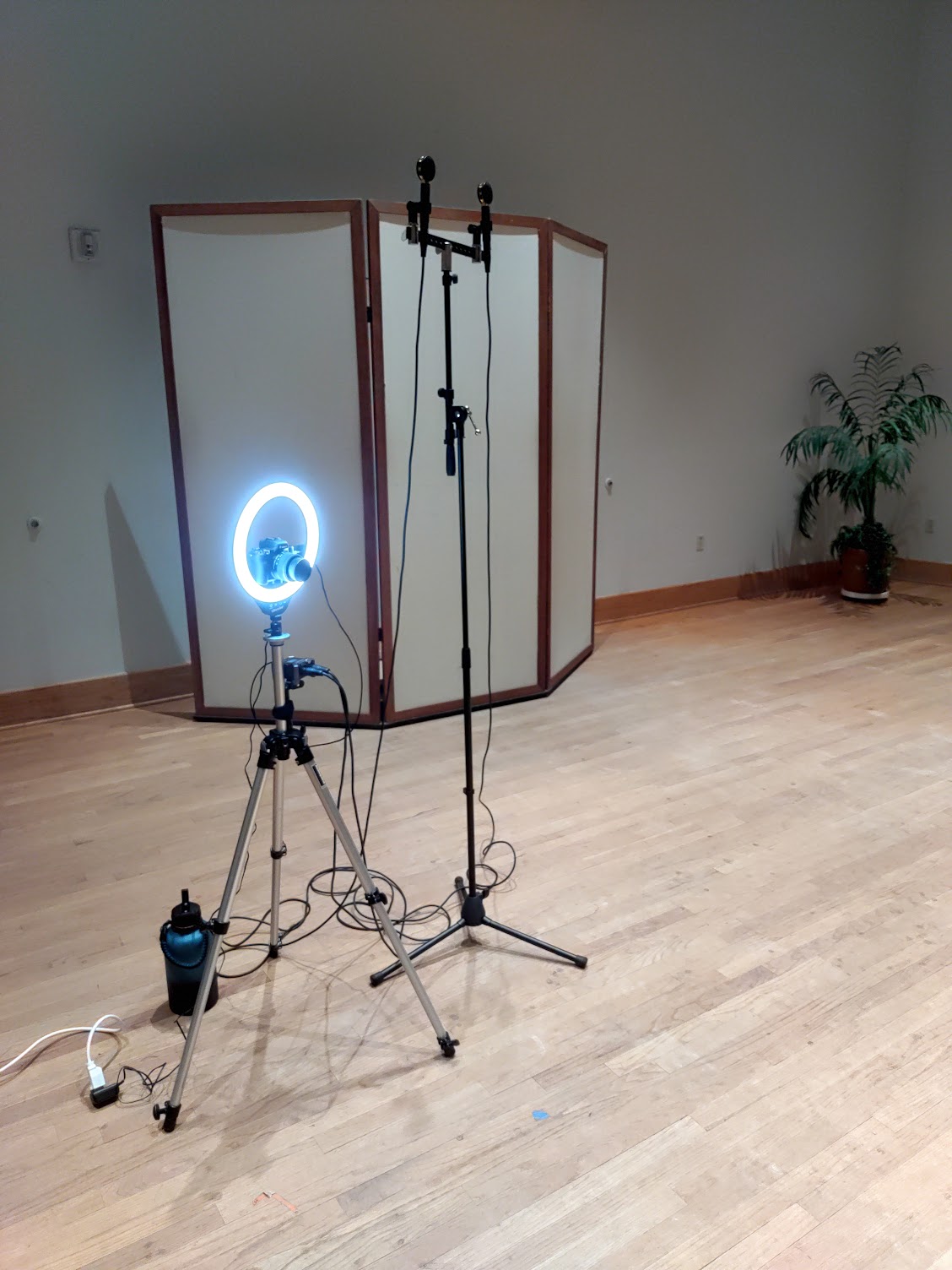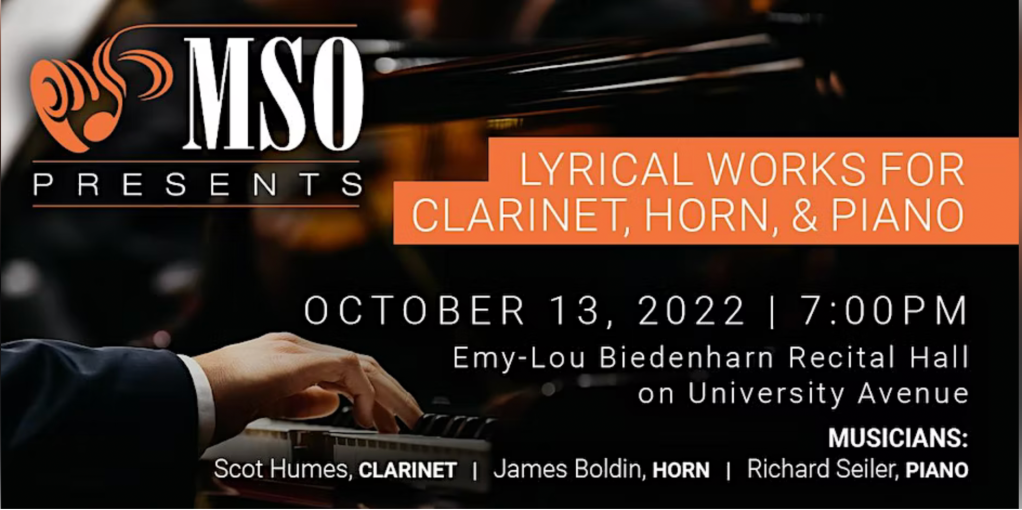You may have noticed in these recent Middle and High School All-State videos that I’m no longer playing my trusty Yamaha 671 or a Yamaha 668II. Last spring I had the opportunity to order a Yamaha 871 directly from their factory. This is their “custom” Geyer model, and while it does share a lot of similarities with the 671, it is a different horn in some respects and well worth trying. Initially I spent about 2 or 3 months switching back and forth between the 871 and 671, but at this point I’m doing the majority of my playing on the 871. If you’re interested, here are some of my perceptions of the similarities and differences between the two horns.
Both of the horns I have are unlacquered, and the feel and weight are similar. The 871 might be a little bit lighter in the hands, but not by much as far as I can tell. The bore of the 871 is bigger at 12.1mm (0.476″) compared to 12.0mm (0.472″) on the 671. Honestly, I’m not sure how much difference this makes in how the horns play as there are probably other variables to take into account. Both have even sounds across the range. To me, the 871 is a little bit more resonant and vibrates easier than the 671. Perhaps the “custom” line horns are built to closer tolerances, but that’s only speculation. The sound is pretty similar, though the 871 has a few more low overtones in the sound (less “bright” and more “dark” than the 671, to use subjective terms). Again, there are probably other variables at work here, but as this is an opinion piece feel free to take them with a grain of salt! Comparing them back to back, which I’ve done on several occasions, the 871 takes a little more air (because of the larger bore, I assume), but vibrates more easily and rewards a competent player. When people ask me which horn I recommend, I usually encourage them to try both and see which one they like best. If you’re a high school or undergraduate student, the 671 is a great choice, but if you have the extra funds and want to check out the custom 871 it may very well be worth it! Feel free to listen to these two recordings; the first on the 671 and the second on the 871 and see if your opinions match mine.
I’ve also made a few other equipment changes this year: I switched mouthpiece rims from a Houser “E” rim 17.5mm in H-Kote to a Houghton H3 in H-Kote, with a 17.75mm inner diameter. A difference of .25mm might not seem like much, but having a little extra room in the mouthpiece, combined with a slightly different rim contour, has made some positive differences in my playing. With the old rim I felt like my endurance was hitting a wall, despite consistent practicing and being in overall good playing shape. I noticed an improvement almost right away, which is usually a good sign for me when it comes to equipment changes. I’ve been on the H3 rim since September, and I don’t see myself going back to a smaller rim anytime soon.
And finally, a more recent change involves the mouthpiece itself. My go-to mouthpiece for the past several years has been the Houser San Francisco cup. I’ve played both the silver plated and stainless steel varieties of this model, and they are excellent, professional quality mouthpieces that I continue to recommend. After my recital tour back in October I decided to experiment with some different mouthpiece cups, not for any particular reasons, but simply because I find that the down time after big recitals and/or other performances is a good time to try different equipment. Alpine Mouthpieces was a newer brand that I had an interest in trying. These mouthpiece designs are the result of a collaboration between Jacob Medlin and Keith Durand. They have several different cup sizes and designs, and they are all extremely well made. My favorite so far is the “Rigi” cup. In some ways it’s similar to the Houser, but for me it’s even easier to play with a great sound on the Yamaha 871. If you have the opportunity to try an Alpine Mouthpiece, give it a shot, they are great!






